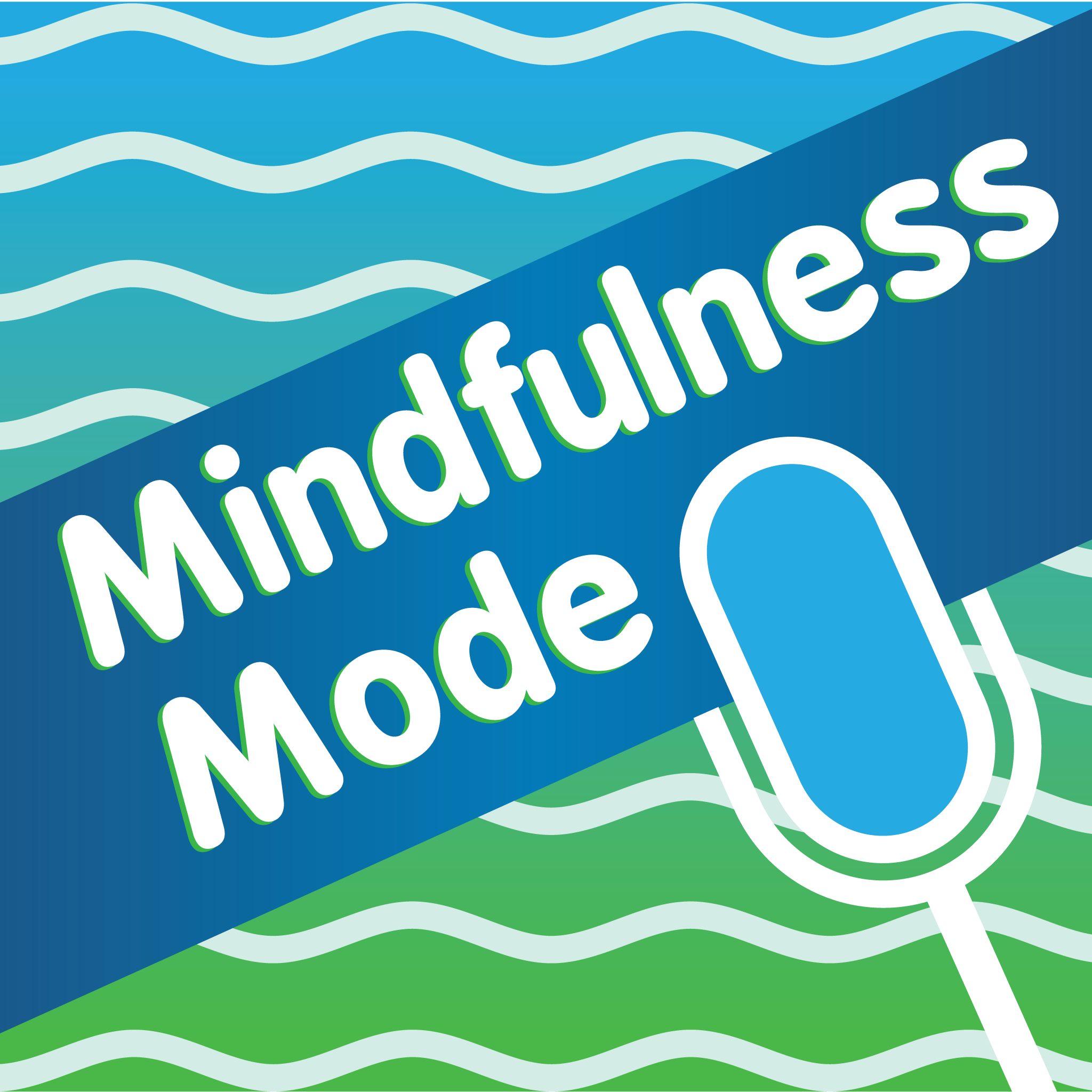Relax and Heal With Sound; Ian Morris


Ian Morris is a sound alchemist; he heals with sound using certain frequencies to help people relax, lose their anxiety, and boost their wellness. He’s a talented and experienced instrumentalist, poet, visual artist, author, and founder of the business, Listening To Smile. Previously, Ian created a non-profit called Homemade Genius where he provided the underserved community with music and art lessons as well as after school programs. He also worked with other organizations such as Meals on Wheels, Hospice, and The United Way to use music as a tool for release and healing. After seeing the amazing results, Ian wanted to go deeper into the healing power of sound, which led him down the path of holistic options paired with mindfulness techniques. He started meditating daily with frequency, breathwork, and intention setting and his healing method quickly grew into the beginning stages for his company, Listening to Smile which he founded in November of 2016.
Listen & Subscribe on: iTunes / Stitcher / Podbean / Overcast / Spotify Contact Info- Company: Listening To Smile
- Website: https://listeningtosmile.com
- Book: The Ultimate Guide to Self-Healing Techniques by Laura DiFranco
- Spotify: Belief Code 21
- mindfulnessmode.com/LTSMUSIC
- Joe Dispensa See: www.DrJoeDispensa.com
- Bruce Lipton See: www.BruceLipton.com
- When I was younger I definitely had a lot of anger issues and I think I attributed it to the frustration of being bullied and going through the frustration of wanting my mind to be working like everyone else's. And it wasn't.
- And so I was constantly in a state of frustration and anger. And, I think what mindfulness and meditation have done for me is it's helped me to realize that everyone's not the same and that we all have our strengths in certain areas. And to be okay with that, to let go of needing to be like everyone else and to become more me.
- You are the only you and that's your true power.
- I would say breath is probably the biggest for me in the meditation routine because I feel like 10 slow inhales and exhales can change anyone's mood, just in the snap of a finger. And I think that it gives more oxygen to your body, your organs work differently, your whole system functions differently when you give it the oxygen that it needs.
- We go through life in such a hustle-bustle that we forget that we're not even breathing at all. We're just kind of surviving there. And so breath is very, very powerful for altering moods and setting the tone for my meditation. It's very powerful.
- Bullying story …